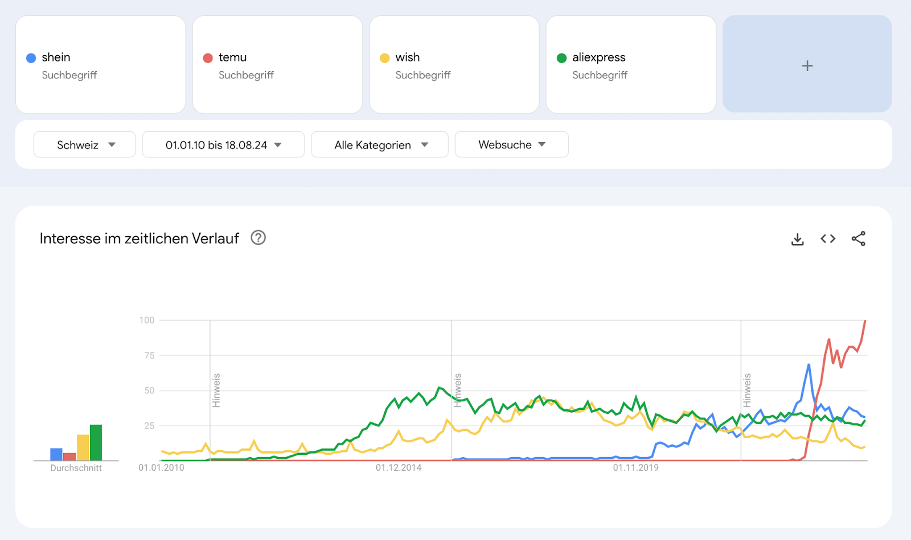GDI: In France, members of the National Assembly voted unanimously in favour of a draft law against ultra-fast fashion, which provides for advertising bans and penalties of up to 50% of the retail price. Is this the right way to solve the problem?
Dr Gianluca Scheidegger: Solving the real problem of overconsumption’s excessive consumption of resources requires more than just a ban on advertising. However, it is a step that is relatively easy to implement and enforce compared to monitoring production conditions abroad or the composition of the raw materials used in imported textiles. Nevertheless, the “EU strategy for sustainable and circular textiles” goes much further. According to this strategy, all textile products on the EU market must be repairable, made from recycled fibres, free from harmful substances, durable, fully recyclable and manufactured under socially and environmentally responsible conditions by 2030. That would be the end of fast fashion in Europe.
Apart from regulation, how can consumers be persuaded to change their behaviour?
There are various ways to start with this. First off, many consumers lack knowledge about what exactly is sustainable. In other words, which aspects of their consumption practices have which environmental impact: raw materials, type of processing, transport route, returns processing, wearing time, washing frequency, etc. Another solution would be to subsidise sustainable consumption.
The booming fast fashion industry is in stark contrast to the equally booming second-hand market. How can this contradiction be explained?
Consumer sentiment remains low, with inexpensive consumer alternatives currently very popular. In a way, therefore, I don’t see them as being hugely contradictory: in fact, I see similarities. You can buy relatively cheap items both on platforms such as Temu and in second-hand shops.
In terms of sustainability, fast fashion and second-hand couldn’t be more different: in most cases, buying second-hand is more sustainable than primary consumption and fast fashion requires large amounts of resources and generates mountains of waste. While an increasing proportion of the population would like to reduce the environment footprint of their consumption, many do not seem to care much (or lack the knowledge) that their overconsumption is damaging the environment. But there are parallels here too. A large supply of high-quality – sometimes rarely worn – second-hand clothing can only exist if people buy and own more than they actually need.
Is it really so much worse from a sustainability perspective if consumers order from Temu, SHEIN or AliExpress instead of European wholesalers?
From a sustainability perspective, it is difficult to see anything good in the business models of Temu and the like. However, it’s not all bad: SHEIN produces most textiles on demand and in relatively small quantities. In other words, it only makes them when the order has been placed. As a result, there is relatively little surplus in production. Many other textile suppliers produce a large number of garments without knowing the exact demand. This means they run the risk of producing clothes that will never be sold or worn – the worst kind of waste of resources. In addition, orders placed with Temu, SHEIN and AliExpress are sent directly from the manufacturer to the consumer, usually without any detours. Minimising transport routes can also be more sustainable under certain circumstances – depending on the means of transport, of course. As Temu often ships by air freight, for example, the positive effect of the direct transport route is lost.
Comparison of Google search queries

The chart shows the relative search queries for various Chinese shopping platforms in Switzerland from 2010 to the present day. Wish and AliExpress gained a foothold – and market share – in Switzerland over ten years ago. Their rise was considered rapid at the time. Then came SHEIN, which grew massively in popularity and did so even faster. But Temu surpasses everything. None of its three predecessors ever recorded as many searches in Switzerland. It came virtually out of nowhere and rose to the top.
BOOK SPEAKER
Use our knowledge in your company for in-house retreats or customer events. Our GDI trend researchers will provide you with inspiration for the future of your business with their presentations.
